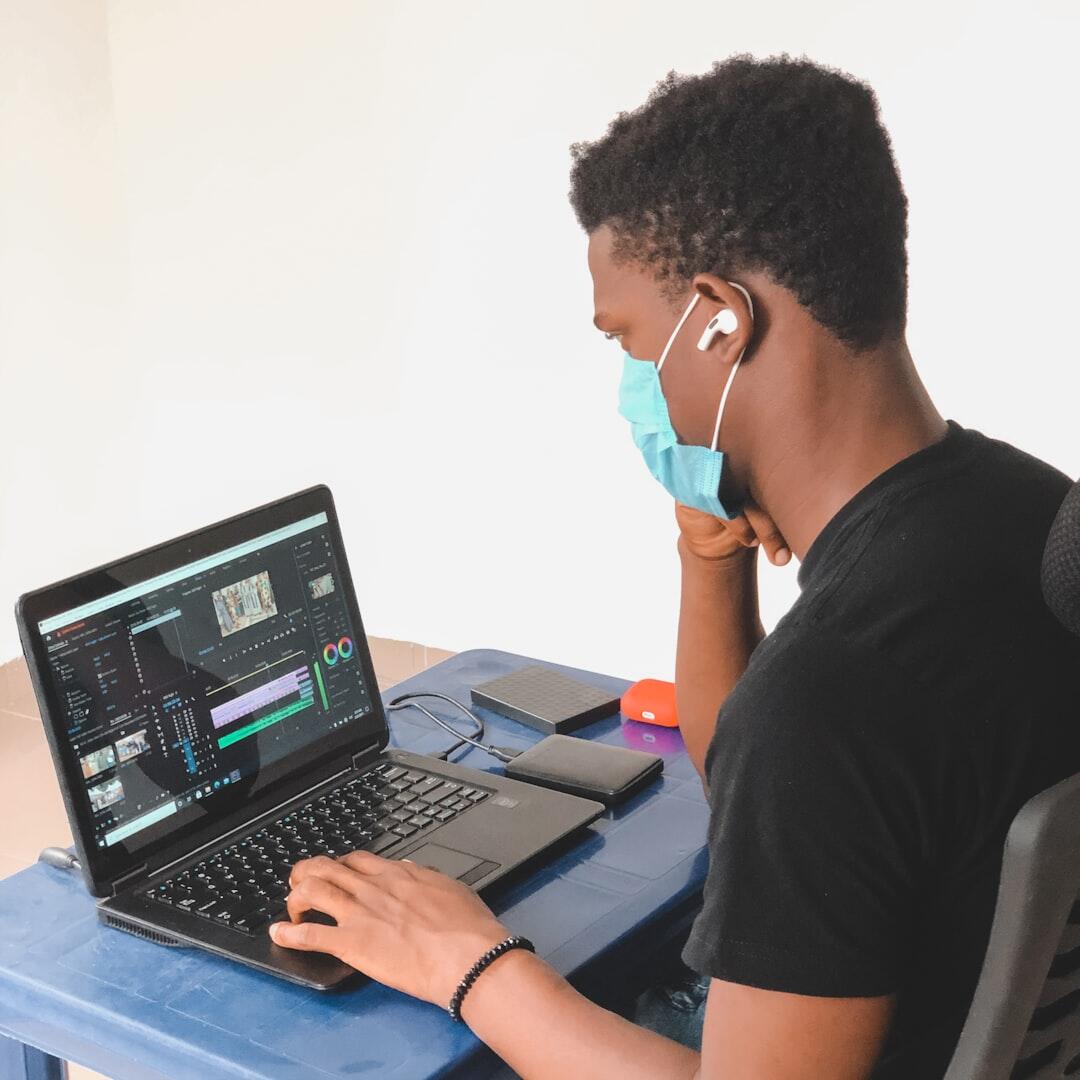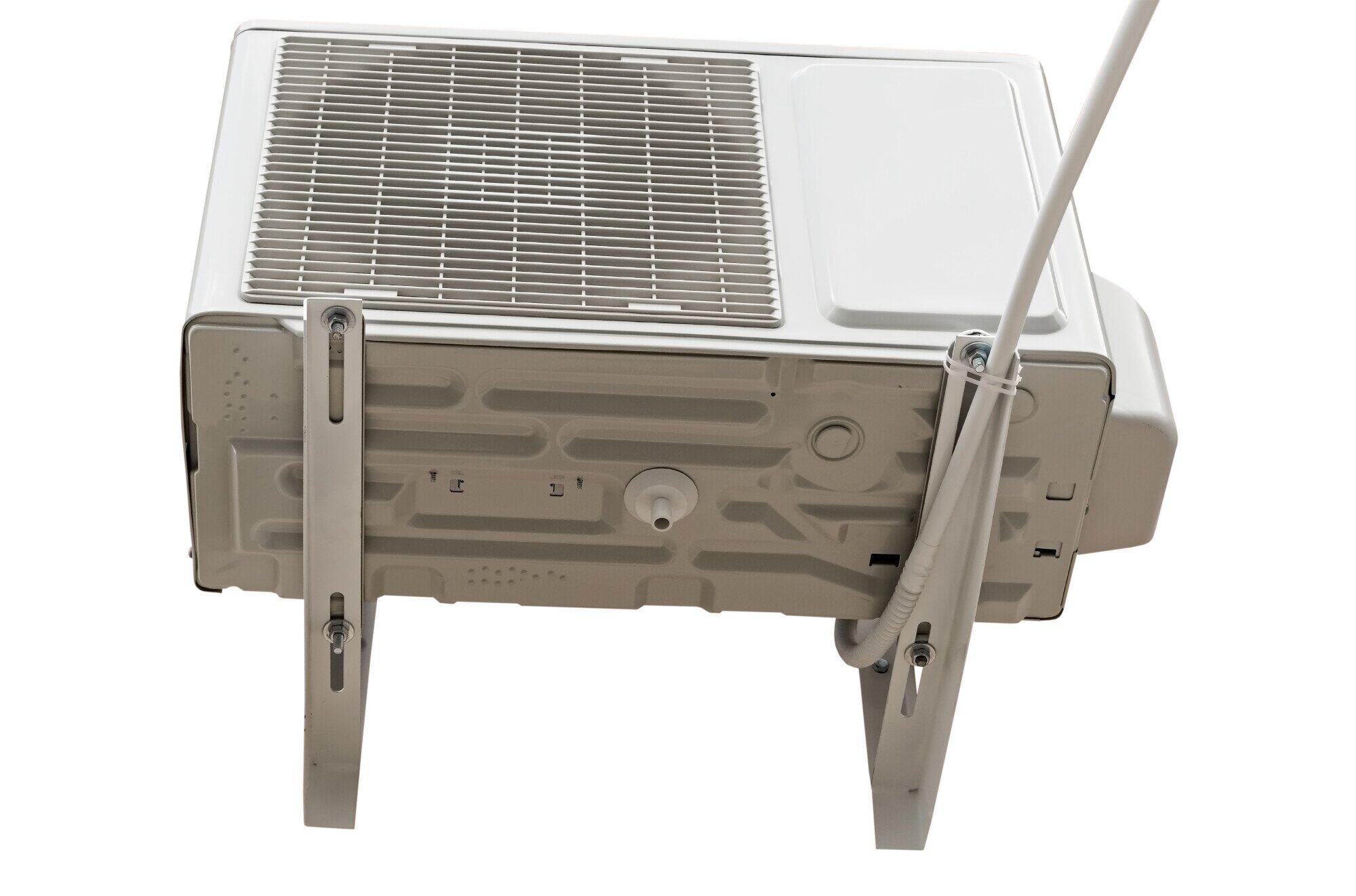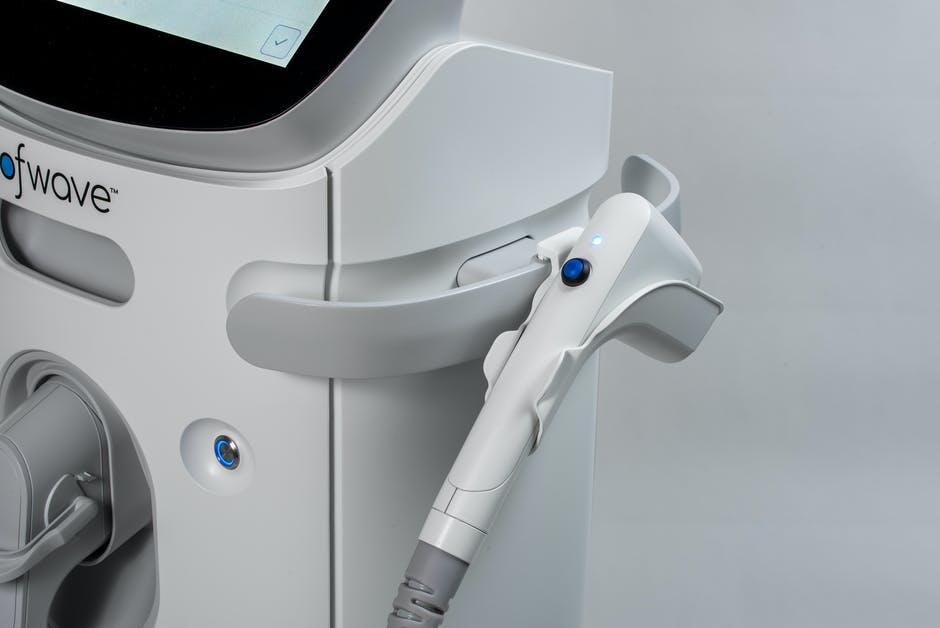Shockwave therapy is a treatment that doesn’t require surgery. It uses sound waves to help heal injured or damaged tissues. This type of therapy is becoming popular, especially in medicine that focuses on healing and preventing future problems.
It helps reduce pain right away and also encourages the body to repair itself. It improves long-term health.
Many patients notice big improvements after using shockwave therapy. This makes it a strong option for people dealing with ongoing pain or injuries.
This article explores how shockwave therapy aids healing, tissue regeneration, and pain relief. It also highlights its role in preventive healthcare.
Understanding Shockwave Therapy
Shockwave therapy utilizes sound waves to create microtraumas in targeted tissues. This encourages the body’s natural healing response. First utilized in urology to treat kidney stones, it has since expanded into various medical fields, including
- orthopedics
- sports medicine
- rehabilitation
Its primary applications include pain relief, tissue healing, and even the promotion of new blood vessel formation.
How Does It Work?
The process involves the application of high-energy sound waves to the affected area. This stimulates the cellular activity and increases blood flow. It provides the necessary nutrients for tissue repair.
The effects can be profound. For instance, patients suffering from chronic plantar fasciitis reported significant pain reduction and improved functionality within just a few sessions.
Mechanism of Action
The science behind shockwave therapy is fascinating. It involves generating high-energy acoustic waves that travel through tissues. It induces a biological response.
When these waves impact the body, they enhance circulation and stimulate cellular repair processes. This response can lead to:
- Increased blood flow
- Reduced inflammation
- Enhanced collagen production
Such benefits not only assist in recovery after injuries but also aid in preventing further damage. It promotes overall health.
Applications in Regenerative Medicine
Shockwave therapy has made significant strides in regenerative medicine. It is employed in treating sports injuries, tendonitis, and even chronic pain conditions. Here are some key applications:
Treating Musculoskeletal Injuries
In sports medicine, athletes sometimes get injuries that keep them from playing for a long time. Shockwave therapy can help treat problems like plantar fasciitis or Achilles tendon pain.
Research shows that it helps the body heal faster by improving blood flow and helping tissues repair. This means athletes can get back to their sports more quickly.
Promoting Bone Healing
Bone injuries or breaks can hurt a lot and make it hard to move. Shockwave therapy can help bones heal faster by activating the cells that build new bone. People who used shockwave therapy for fractures that weren’t healing properly showed much faster recovery than those who didn’t use it.
Safety and Side Effects
Shockwave therapy is usually safe for most people because it doesn’t involve surgery. Some patients might feel a little discomfort or get mild bruises during or after the treatment. These side effects usually go away quickly.
It’s important to talk to a doctor first to make sure this therapy is safe and suitable for your health and recovery needs.
Role in Pain Management
One of the primary uses of shockwave therapy is in pain relief. Chronic pain can greatly diminish quality of life. But shockwave therapy can provide substantial relief through its ability to:
- Reduce pain signals
- Enhance tissue regeneration
Individuals with conditions like tennis elbow or chronic lower back pain benefit significantly from this treatment. This leads to improved functionality and a return to normalcy in daily activities.
Preventive Healthcare
In addition to treating existing conditions, shockwave therapy plays a crucial role in preventive healthcare. By enhancing tissue health and resilience, this therapy can help ward off injuries before they occur. Regular sessions can be beneficial for:
- maintaining peak performance
- Individuals with physically demanding jobs
By integrating shockwave therapy into their routine, these individuals can promote longevity and reduce the risk of injury.
Complementing Traditional Therapies
Shockwave therapy can work well alongside regular treatments. For example, combining it with physical therapy can help patients heal faster and feel better sooner. This approach is especially helpful for people with long-lasting problems or those going through rehabilitation.
Research and Clinical Evidence
Many studies show that shockwave therapy really works. It helps reduce pain and improves movement for people with long-term muscle and joint problems. This proof makes it an important option for treatments that help the body heal and prevent future injuries.
Considerations and Safety
While shockwave therapy is generally safe, it may not be suitable for everyone. Patients should consult healthcare professionals to determine if this treatment aligns with their individual health needs. Common considerations include:
- Pregnancy
- Presence of infections
- Pre-existing medical conditions
A thorough assessment ensures the treatment is both effective and safe.
Finding Treatment Providers
Finding the right provider for shockwave therapy is crucial. Patients should look for qualified professionals with experience in this innovative treatment.
Facilities like Highroad Enterprises specialize in providing high-quality shockwave therapy as part of their comprehensive health services. They ensure optimal care and recovery.
Integrating Shockwave Therapy into Healthcare Practices
More and more research shows that shockwave therapy works well, so doctors are starting to include it in treatment plans. It can be used alongside other treatments like physical therapy and rehabilitation to help patients heal better.
Sports and orthopedic clinics often use this therapy to give patients a complete approach to recovery. People looking for safe, non-invasive ways to manage pain and help tissues heal can consider shockwave therapy from trusted providers like Highroad Enterprises.
Case Studies Highlighting Effectiveness
Many studies show that shockwave therapy works well. For example, patients with chronic plantar fasciitis felt much less pain after only three sessions.
Other research also shows that shockwave therapy helps treat tendon problems. This improves how patients move and their overall quality of life.
Exploring the Future of Shockwave Therapy
Shockwave therapy is a helpful treatment that can speed up healing, reduce pain, and improve overall health. It is becoming more popular in modern medicine because it supports recovery and well-being.
For people dealing with pain or injuries, trying shockwave therapy could be an important step toward feeling better and staying healthy for the long term.
For more science and innovation tips, check out our blog posts.









































































